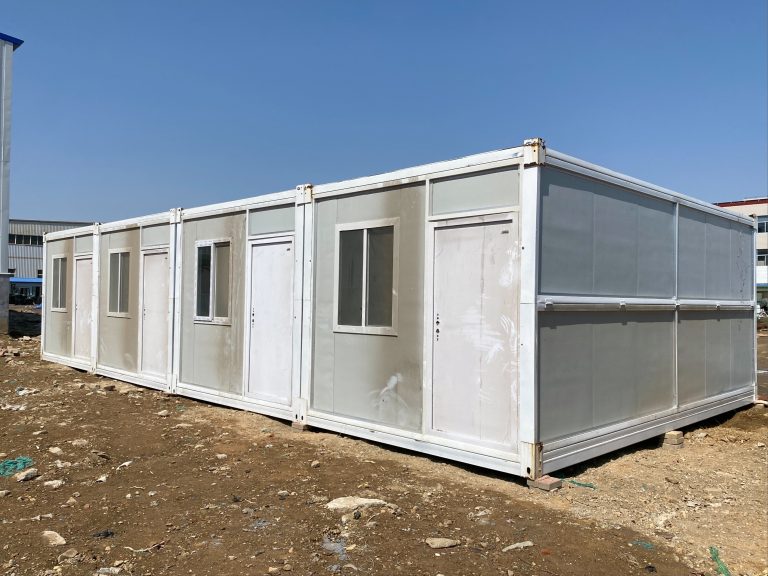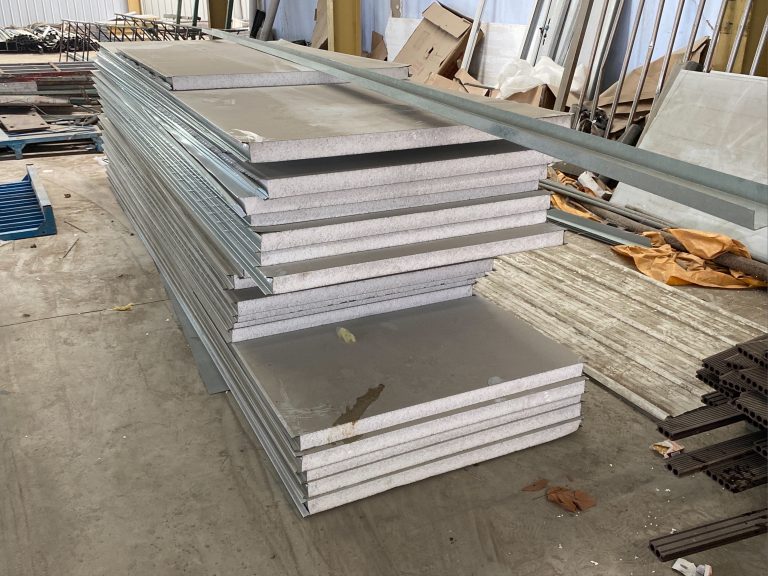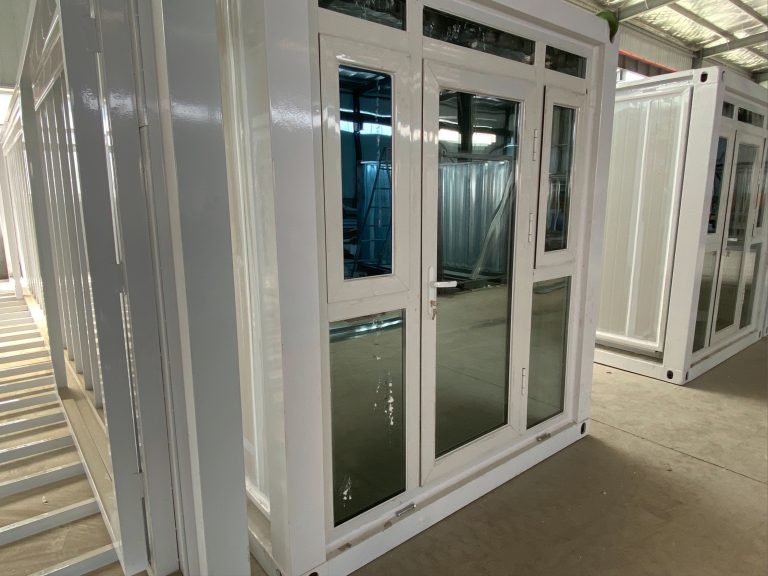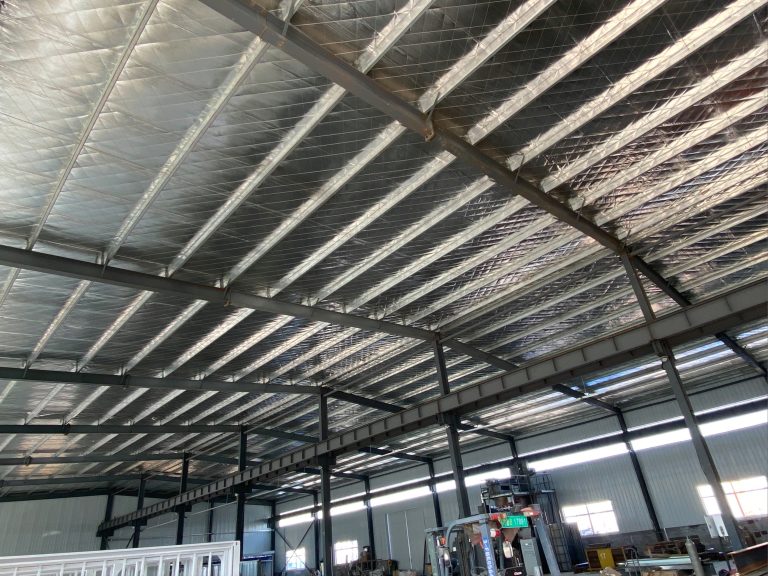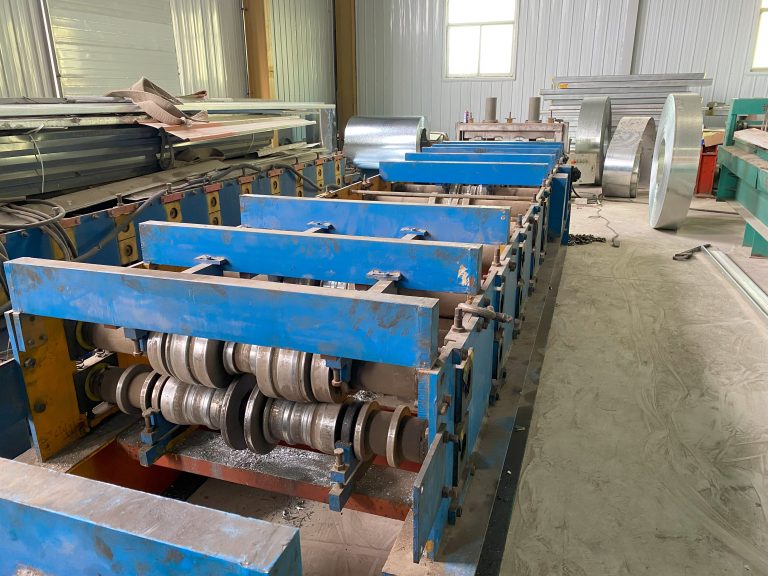Steel structure development trend: the future vane of the industry.
Table of Contents
Sustainable Practices in Steel Structure Construction
Steel structure construction has been a staple in the building industry for many years, providing strong and durable frameworks for a wide range of structures. As technology continues to advance and environmental concerns become more prevalent, the steel structure industry is evolving to meet the demands of a changing world. Sustainable practices in steel structure construction are becoming increasingly important, as builders and developers seek to reduce their environmental impact and create more eco-friendly buildings.
One of the key trends in the steel structure industry is the use of recycled materials. By using recycled steel in construction projects, builders can reduce the demand for new raw materials and decrease the amount of waste that ends up in landfills. Recycled steel is just as strong and durable as new steel, making it an excellent choice for sustainable construction projects. In addition to using recycled materials, builders are also exploring new ways to reduce energy consumption and minimize the carbon footprint of steel structure construction.
Another important trend in the steel structure industry is the use of prefabricated components. Prefabricated steel components are manufactured off-site and then assembled on-site, reducing construction time and minimizing waste. Prefabricated components are also more precise and consistent than traditional construction methods, resulting in higher quality structures that are built to last. By using prefabricated components, builders can streamline the construction process and create more sustainable buildings.
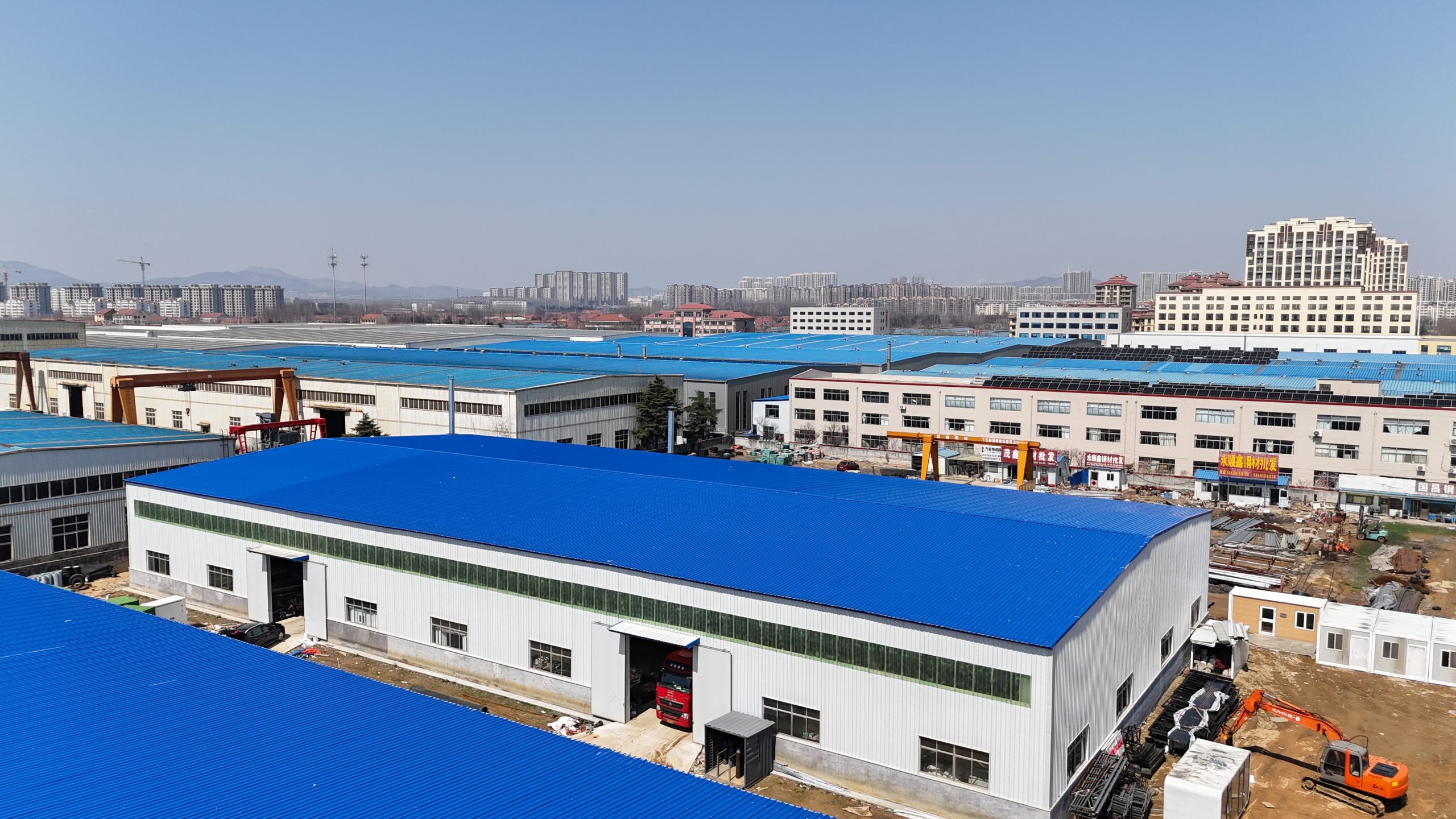
In addition to using recycled materials and prefabricated components, builders are also exploring new design techniques to create more sustainable steel structures. Green building practices, such as passive solar design and natural ventilation, can help reduce energy consumption and create more comfortable and efficient buildings. By incorporating these design principles into steel structure construction, builders can create structures that are not only environmentally friendly but also cost-effective and aesthetically pleasing.
As the steel structure industry continues to evolve, it is important for builders and developers to stay informed about the latest trends and technologies. By staying ahead of the curve, builders can create more sustainable buildings that meet the needs of today’s environmentally conscious consumers. From using recycled materials to incorporating green building practices, there are many ways that builders can create more sustainable steel structures.
In conclusion, the future of the steel structure industry is bright, with a focus on sustainability and innovation. By using recycled materials, prefabricated components, and green building practices, builders can create structures that are not only strong and durable but also environmentally friendly. As technology continues to advance and environmental concerns become more prevalent, the steel structure industry will continue to evolve to meet the demands of a changing world. By embracing sustainable practices in steel structure construction, builders can create a more sustainable future for the industry and for the planet as a whole.
Advancements in Steel Material Technology for Structural Integrity
Steel has been a fundamental material in the construction industry for centuries, known for its strength, durability, and versatility. As technology continues to advance, so does the development of steel structures. The future of the industry is being shaped by advancements in steel material technology, which are paving the way for more innovative and sustainable construction practices.
One of the key trends in steel structure development is the use of high-strength steel. This type of steel has a higher yield strength than traditional steel, allowing for lighter and more efficient structures. High-strength steel is being used in a variety of applications, from skyscrapers to bridges, where its superior strength-to-weight ratio is a major advantage. This trend is expected to continue as engineers and architects seek to design taller and more complex structures.
Another important development in steel material technology is the use of advanced coatings and treatments to improve the durability and longevity of steel structures. Corrosion is a major concern for steel structures, especially in harsh environments such as coastal areas or industrial sites. By applying protective coatings and treatments, engineers can extend the lifespan of steel structures and reduce maintenance costs. These advancements in steel material technology are essential for ensuring the structural integrity of buildings and infrastructure.
In addition to high-strength steel and protective coatings, the use of recycled steel is also becoming more prevalent in the construction industry. Recycling steel not only reduces the environmental impact of steel production but also helps to conserve natural resources. By incorporating recycled steel into new construction projects, engineers can reduce the carbon footprint of buildings and contribute to a more sustainable future.
As the demand for sustainable construction practices continues to grow, steel manufacturers are investing in research and development to create new and innovative steel materials. One such advancement is the development of weathering steel, which forms a protective patina over time that helps to prevent corrosion. Weathering steel is being used in a variety of applications, from bridges to outdoor sculptures, where its unique aesthetic and durability make it an attractive choice.
The future of the steel structure industry is bright, with advancements in material technology driving innovation and sustainability. High-strength steel, advanced coatings, recycled steel, and weathering steel are just a few examples of the developments shaping the industry. As engineers and architects continue to push the boundaries of what is possible with steel, we can expect to see even more exciting advancements in the years to come.
In conclusion, the future of the steel structure industry is being shaped by advancements in material technology that are driving innovation and sustainability. High-strength steel, advanced coatings, recycled steel, and weathering steel are just a few examples of the developments that are paving the way for more efficient and durable structures. As the industry continues to evolve, we can expect to see even more exciting advancements that will shape the future of construction. Steel will continue to be a fundamental material in the industry, with new technologies and materials pushing the boundaries of what is possible.

